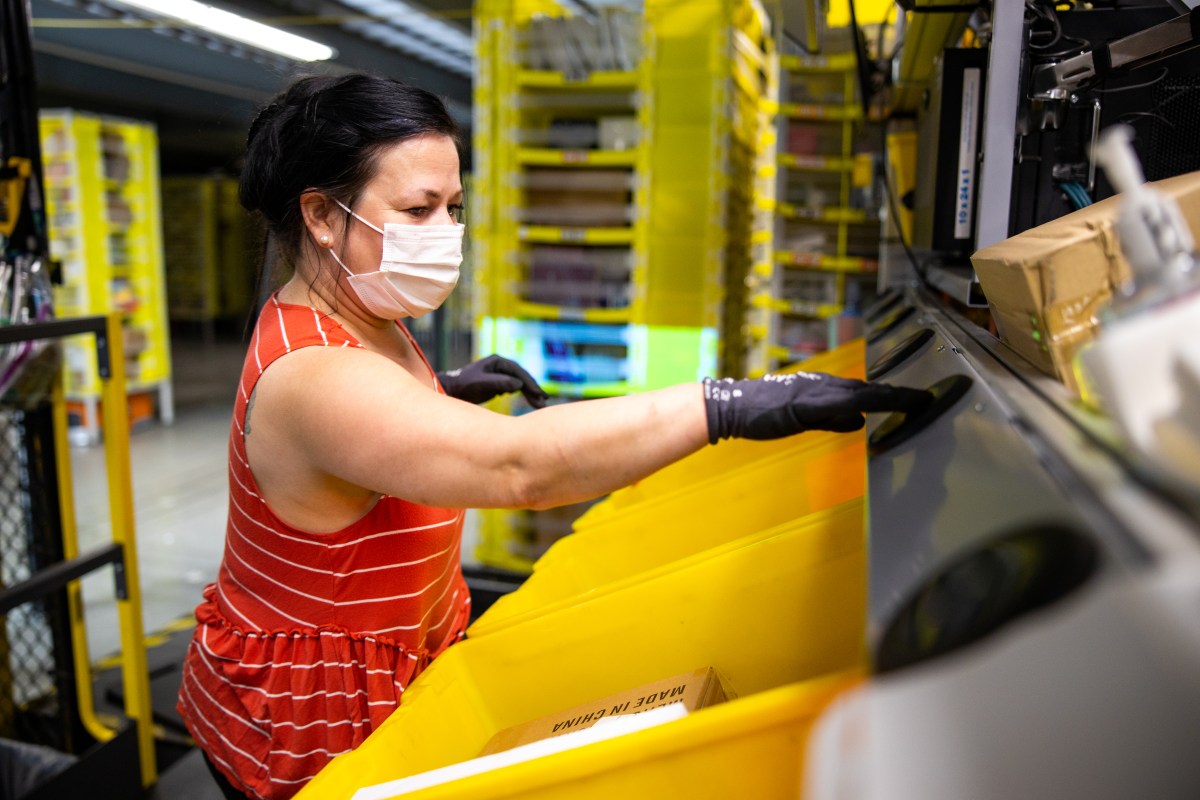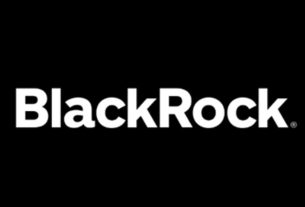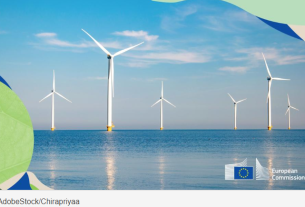by Gael O’Brien
Reopening businesses in a still-uncertain pandemic invites leaders to shape an approach that supports the work ahead. A first step depends on whether leaders can transform the buzz words “we’re in this together” into an authentic community working together to overcome obstacles.
The pandemic’s assault exposed a lack of preparedness at every level in the U.S. and globally. Out of our collective resiliency to regain firmer footing and create a “new normal,” leaders will need to address key issues including: 1) what safety actually means in day-to-day realities in companies; and 2) reconciling the synergy between “people” and “profit.”
Current business reality
In the United States: as of May 28, over 40 million unemployment claims were filed in the last 10 weeks; iconic brands have filed for bankruptcy; and estimates indicate over 100,000 small businesses have closed permanently. Leaders across the country have started to reopen businesses curtailed in the shutdown, talking with their teams and other CEOs about safety challenges going forward.
Cracks in “we’re in this together”
Last month a New York Times article highlighted heightened new safety challenges. The Occupational Safety and Health Administration (OSHA) has left pandemic worker safety up to employers. The White House’s “Opening up America Again” Guidelines leave responsibility to states to “Protect the health and safety of workers in critical industries.” The burden is now on employers and states to pioneer in territory OSHA has previously handled. No national safety requirements have yet been identified that clarify employer responsibilities and what employees can expect.
Both businesses and employees have asked Congress to address their respective vulnerabilities. Business-prompted legislation seeks to reduce business liability in worker and customer safety. Employee-promoted legislation seeks to provide hazard pay. A Brookings blog argues a compromise of both pieces of legislation is needed to reopen the economy safely.
Realities that shape “we’re in this…”
A marker of “we’re in this together” are mindsets leaders have about their employees. For example, are reserves and contingency funds set aside to address protecting employees in a crisis? “Doing well by doing good,” I wrote recently, requires that companies make choices to be in a financial position to back their good intentions. Other mindsets: being transparent with employees about business challenges as they affect their lives; or encouraging employee development and asking for their ideas, involving them in solutions. Mindsets shape leadership behavior which then shapes employee attitudes.
Actions matter to create a sense of “we.” When the pandemic hit, some CEOs gave up salaries until the end of the year, reduced executive salaries and cut expenses. Some paid employees hazard pay. Others laid off employees but still paid shareholders. Every decision sends a message to employees. Beyond money, how companies have communicated, or not, over the past few months to furloughed employees and those working at home impacts connection and trust baselines.
What safety can mean
Safety can be an intrinsic part of a culture or simply be compliance. Its role depends on a company’s leadership. It’s at the heart of leaders being able to earn trust.
Companies, like people, give themselves credit for all the things they do. However, they can miss focusing on the gap of what’s not done. A safety focus really expresses how people are valued. It’s also a linchpin in how companies emerge strong from crisis and more united. It belongs as an ongoing, front-burner leadership issue; it affects how people feel about their work and company.
Over 30 years ago, former Alcoa Chairman and CEO Paul O’Neill bucked conventional CEO priorities. When he was hired Alcoa had financial problems, however, he saw creating an environment of safety as his first priority. It was part of his values-based leadership approach.
With plants all over the globe, he initiated a plan that dramatically reduced worker accidents. He introduced and encouraged employee surveys as ways to catch concerns around a broad range of safety and other issues. His actions reinforced that people matter; they drove a culture change around values and fueled a successful financial turnaround. The choice wasn’t people or profit; he focused his leadership team creating a climate where both could flourish. (See Remembering the Leadership Legacy of Paul H. O’Neill.)
A recent Columbia Business School article on Leading Through Crisis offers another example of how leaders can engage with employees around safety. The article references an unnamed manufacturing CEO who involved his employees in creating the right safety solutions during the pandemic. His guidance was “Please work together to build a working environment in which you feel safe.” Among other things, employees built a tent at the front entrance to spray employees coming and going with a sanitizer they developed at the plant. They also created “ingenious ways of practicing social distancing…while maintaining productivity.”
The challenges when safety isn’t felt
Amazon’s annual shareholder meeting on May 27 heard concerns from a shareholder group wanting more information on how Amazon is protecting warehouse workers.
Since the delay at the beginning of the pandemic of warehouse workers receiving protective equipment, they’ve continued to express concerns over working conditions. A company VP and engineer quit May 1, explaining in his blog he disagreed with Amazon’s treatment of warehouse workers and firing whistleblowers.
Amazon has defended itself and talked about all the steps taken to meet safety needs. However questions continue from 12 state attorney generals’ offices and others about policies, enforcement and retaliation etc. In particular, Amazon and Whole Foods (Amazon owned) haven’t disclosed the numbers and locations of employees who’ve tested positive and those who died.
Synergy between people and profit
Amazon’s treatment of warehouse workers will likely become a business case study.
- On one hand: a uniquely equipped company creating 100,000+ jobs (with $2 hourly increases) in the U.S., immediately providing and delivering essential products (including food) during a pandemic.
- On the other hand: did the world’s biggest company headed by the world’s richest man ensure critical workers had all necessary safety equipment, protocols and benefits protecting them/their families.
No one was ready for this pandemic. Perfect isn’t possible. However, what’s tragic is finite thinking that creates an artificial hierarchy. Profit can’t happen without people. People can’t work effectively without safety.
Leaders who see that create the reality of “we’re in this together.”
Photo: Amazon Employee Wearing PPE. Courtesy Amazon.com.
Gael O’Brien is a catalyst in leaders leading with purpose and impact through clarity, presence and connection. She is an executive coach, culture coach, speech coach and presenter. She publishes The Week in Ethics and is also a Business Ethics Magazine columnist, a Kallman Executive Fellow, Hoffman Center for Business Ethics at Bentley University, and a Senior Fellow Social Innovation, the Lewis Institute at Babson College.


